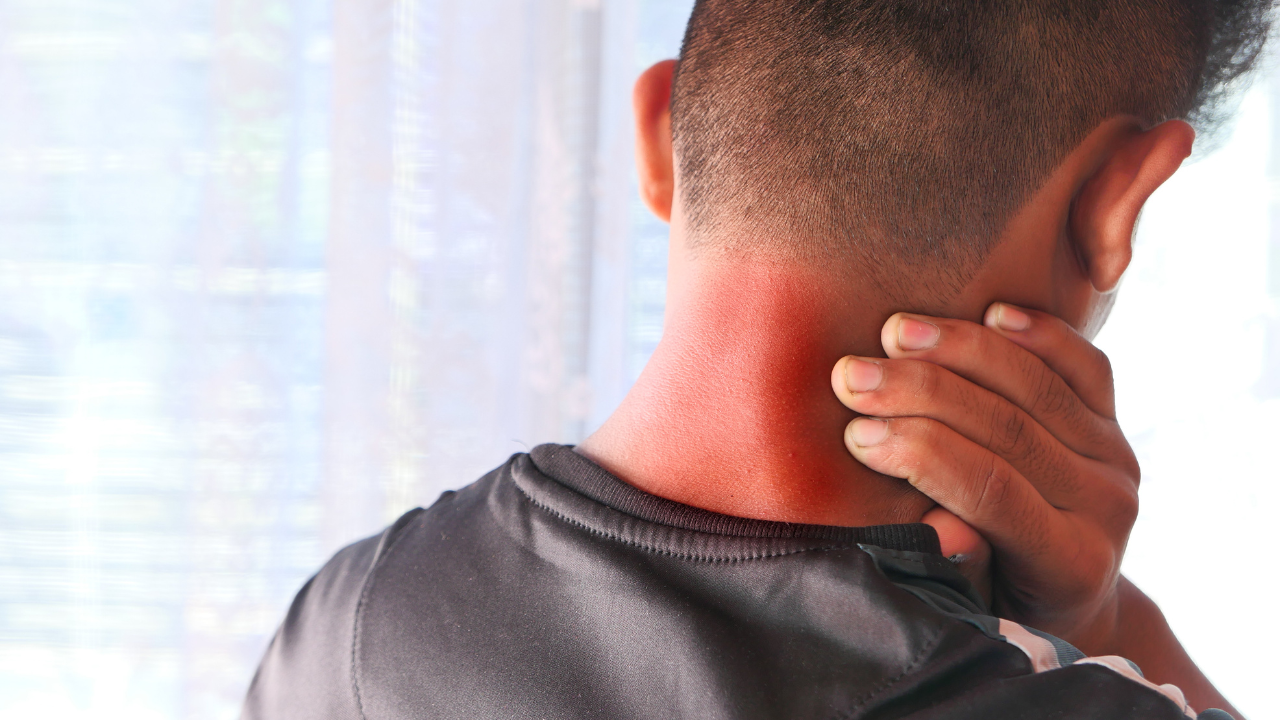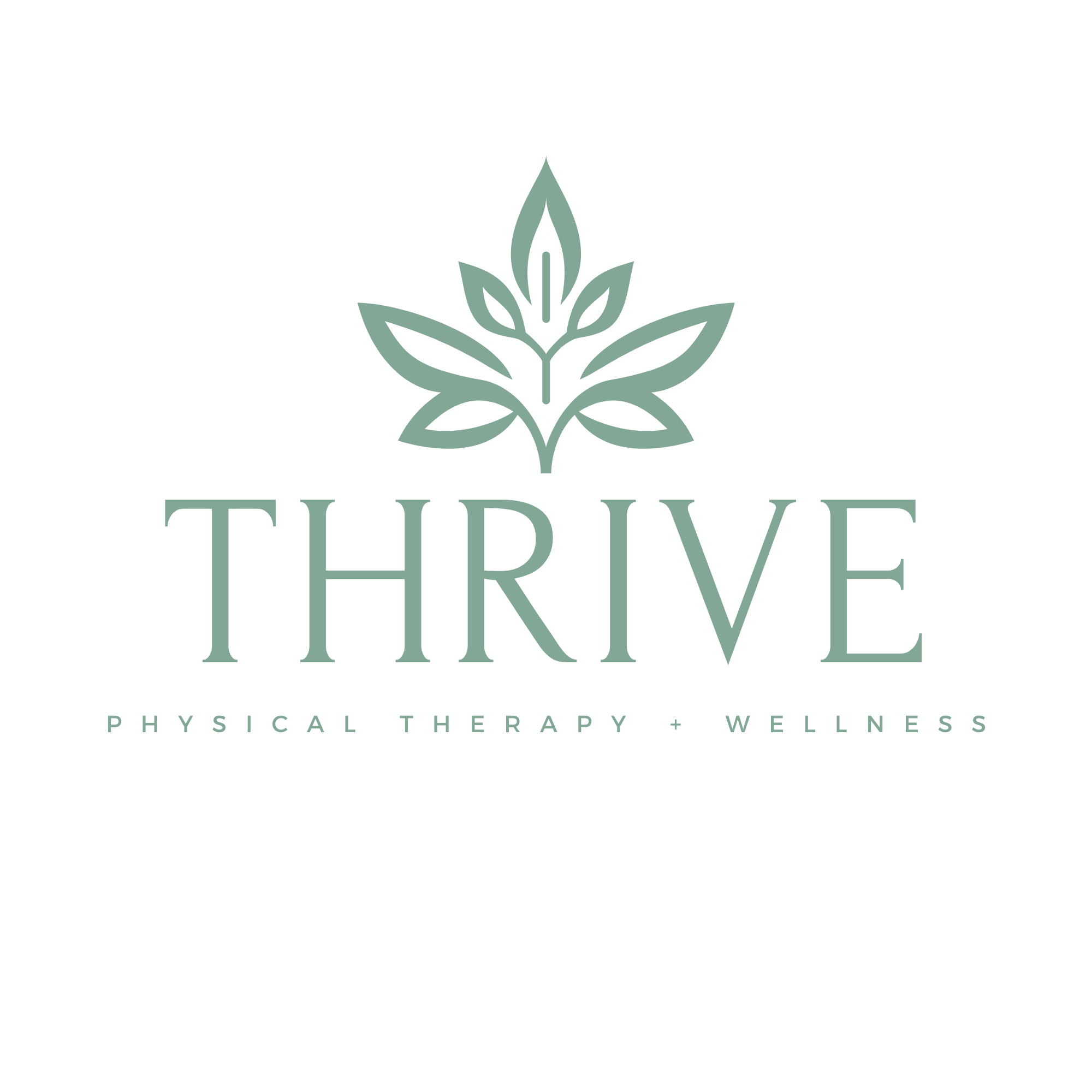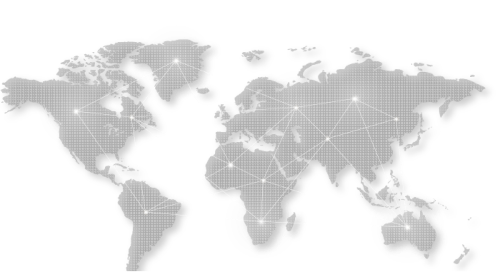
It usually starts with a screech, a jolt, and the kind of silence that follows a moment you didn’t expect. Auto accidents don’t just disrupt your car or your plans—they unsettle your entire body. While some injuries scream their presence from the get-go, others hide beneath the surface, waiting days or even weeks to introduce themselves in the form of chronic pain. It’s often subtle at first—a stiff neck, a lower back twinge, a dull ache in the shoulder. Then suddenly, your life becomes centered around avoiding movements that hurt.
But here’s the thing most people don’t realize: that nagging pain doesn’t have to become your new normal. Physical therapy has a profound role to play in your recovery journey—especially when it comes to taming that relentless, lingering discomfort. And when you find the right care team, like the experienced professionals at Thrive Physical Therapy, that healing process becomes not only possible but empowering.
The Invisible Aftermath of an Accident
After a collision, your body goes into protection mode. Muscles tense, adrenaline surges, and even if you feel okay in the moment, you might not stay that way. Some people walk away from an accident convinced they’ve escaped unscathed—until weeks later, they’re waking up with neck stiffness that won’t quit or back pain that flares with every step.
What’s happening here isn’t just a series of random aches. When trauma strikes, even if it doesn’t break bones, it can strain soft tissues, misalign joints, inflame nerves, and disrupt the natural harmony of movement. The body compensates, but those compensations—when left uncorrected—create patterns that can lead to long-term pain. This is where physical therapy steps in as both a detective and a guide.
Reclaiming Movement, Releasing Pain
Physical therapy after an auto accident is about far more than stretching or exercise. At Thrive Physical Therapy, the process begins with a deep understanding of your unique injury story. No two bodies are the same, and no two accidents are identical. That’s why the initial evaluation is so critical. It’s a conversation—a full-body check-in—to identify which structures were affected, how your body is compensating, and most importantly, where healing needs to begin.
One of the most effective tools therapists use is manual therapy. Hands-on techniques can help release tight muscles, mobilize stiff joints, and calm irritated nerves. Think of it like unwinding the tension that’s been holding you hostage. These aren’t cookie-cutter massages; they’re strategic, focused interventions that support real structural change.
Then there’s neuromuscular re-education—a fancy phrase for reminding your body how to move well again. After an injury, your nervous system becomes guarded. Muscles forget their proper firing patterns. Movements become guarded, inefficient, or downright painful. Physical therapy retrains those patterns through guided movement, restoring control and confidence in your body again.
Targeting Chronic Pain at Its Source
Chronic pain is not just a physical sensation—it’s an experience. It’s the way you anticipate a painful moment before you bend down. It’s the tension in your shoulders when you drive past the intersection where it all happened. It’s feeling helpless when simple tasks become exhausting.
Thrive Physical Therapy understands that reducing chronic pain isn’t about chasing symptoms—it’s about addressing the source. That’s why the treatment approach here goes deep, targeting not just the injured muscles or joints but also the movement patterns, postural habits, and lifestyle factors contributing to ongoing discomfort.
Take whiplash, for example. After a rear-end collision, your head might snap forward and back, straining the neck muscles and ligaments. If left untreated, this can lead to months of stiffness, headaches, and even referred pain in the arms or shoulders. But with the right interventions—gentle joint mobilizations, postural training, therapeutic exercises, and ergonomic coaching—those symptoms can be managed, reduced, and often eliminated altogether.
The same goes for lower back pain, one of the most common post-accident complaints. Many people assume they just need rest, or maybe painkillers. But rest without rehabilitation can actually prolong the problem. At Thrive, physical therapists design customized plans that gradually build stability, restore range of motion, and retrain the core to support you from the inside out.
A Personalized Path Forward
There’s something incredibly reassuring about having a roadmap—especially after an experience as disorienting as a car crash. Thrive Physical Therapy provides that map, but they do something more meaningful: they walk it with you. That collaborative spirit is what sets this clinic apart.
No two patients are pushed through a pre-set program. Every treatment plan is crafted with purpose, adapted as you heal, and guided by your goals. If your pain is stopping you from lifting your kids, your therapy will revolve around rebuilding that strength. If you’re an athlete looking to return to competition, your plan will reflect that level of intensity. And if you simply want to walk your dog without flinching every time your foot hits the pavement, that goal matters just as much.
The therapists at Thrive know that healing isn’t linear. There will be better days and harder ones. Their role isn’t just to instruct—they listen, they adjust, they encourage. Pain, after all, is personal. And recovery should be too.
The Role of Education in Recovery
It’s easy to underestimate how much empowerment comes from simply understanding your body. Physical therapy at Thrive doesn’t just focus on what happens during the session—it equips you for life outside the clinic walls. From ergonomic tips for the workplace to home exercise programs that reinforce your progress, education is at the core of your care.
Many chronic pain patients describe feeling lost before they started physical therapy. They didn’t know what was safe to do, what might make things worse, or whether the pain was something they just had to live with. By the time they’re a few weeks into treatment, that uncertainty has usually been replaced by something much more powerful: self-trust.
You’ll learn what movements are helpful, which ones to avoid (at least temporarily), and how to pace yourself without feeling like you’re falling behind. That kind of knowledge doesn’t just reduce pain—it builds resilience.

The Emotional Side of Physical Recovery
Chronic pain takes an emotional toll that often goes unspoken. It chips away at your patience, your mood, even your relationships. You begin to feel isolated, as if no one really gets what you’re going through. But being in a healing-focused environment like Thrive Physical Therapy reminds you that you’re not alone in this.
The therapists here don’t just treat your body—they acknowledge the whole person. That might mean adjusting a session when you’re having a rough day, celebrating small wins that others might overlook, or simply offering a space where you can show up exactly as you are. It’s in those moments—those human-to-human connections—that the healing becomes not just physical, but deeply emotional.
Prevention of Future Problems
One of the underrated benefits of physical therapy post-accident is prevention. Even after the pain subsides, the risk of re-injury can remain high—especially if underlying movement dysfunctions aren’t corrected. Thrive Physical Therapy doesn’t just focus on short-term relief; they look at long-term wellness.
By restoring mobility, improving balance, increasing strength, and correcting posture, your body becomes more resilient. It learns to move efficiently again. That means fewer flare-ups, reduced risk of future injury, and a better overall quality of life. What began as a response to pain becomes an investment in your future health.
A Return to Life, On Your Terms
Chronic pain can shrink your world. It convinces you to cancel plans, skip workouts, and avoid the things that once brought you joy. But recovery isn’t about getting back to who you were before the accident—it’s about rediscovering what you’re capable of now.
Physical therapy doesn’t erase what happened. But it helps you reclaim your narrative. It gives you tools, support, and momentum. At Thrive Physical Therapy, patients aren’t just getting back on their feet—they’re stepping forward, one strong and confident stride at a time.
Suggested Reading: Auto Accident Injury Therapy vs. Traditional Pain Management: What’s Better?
Conclusion: Thrive Physical Therapy is More Than a Clinic—It’s a Partner in Your Healing
Navigating life after an auto accident can feel overwhelming. There’s paperwork, insurance claims, car repairs—and in the midst of all that, your body is quietly screaming for attention. Ignoring chronic pain or masking it with medication only delays healing. Real, lasting recovery requires care that’s as smart as it is compassionate.
That’s exactly what Thrive Physical Therapy offers. Whether you’re dealing with whiplash, lower back pain, nerve irritation, or a complex combination of injuries, their team approaches each case with the expertise and empathy it deserves. You’ll find not just treatment, but a community that believes in your capacity to heal.
So if you’ve been carrying pain since your accident and wondering when things will finally start to feel normal again—consider this your invitation. You don’t have to do it alone. Visit https://thriveptclinic.com/ to learn more about how Thrive Physical Therapy can help you take that first—and most important—step toward real relief.

